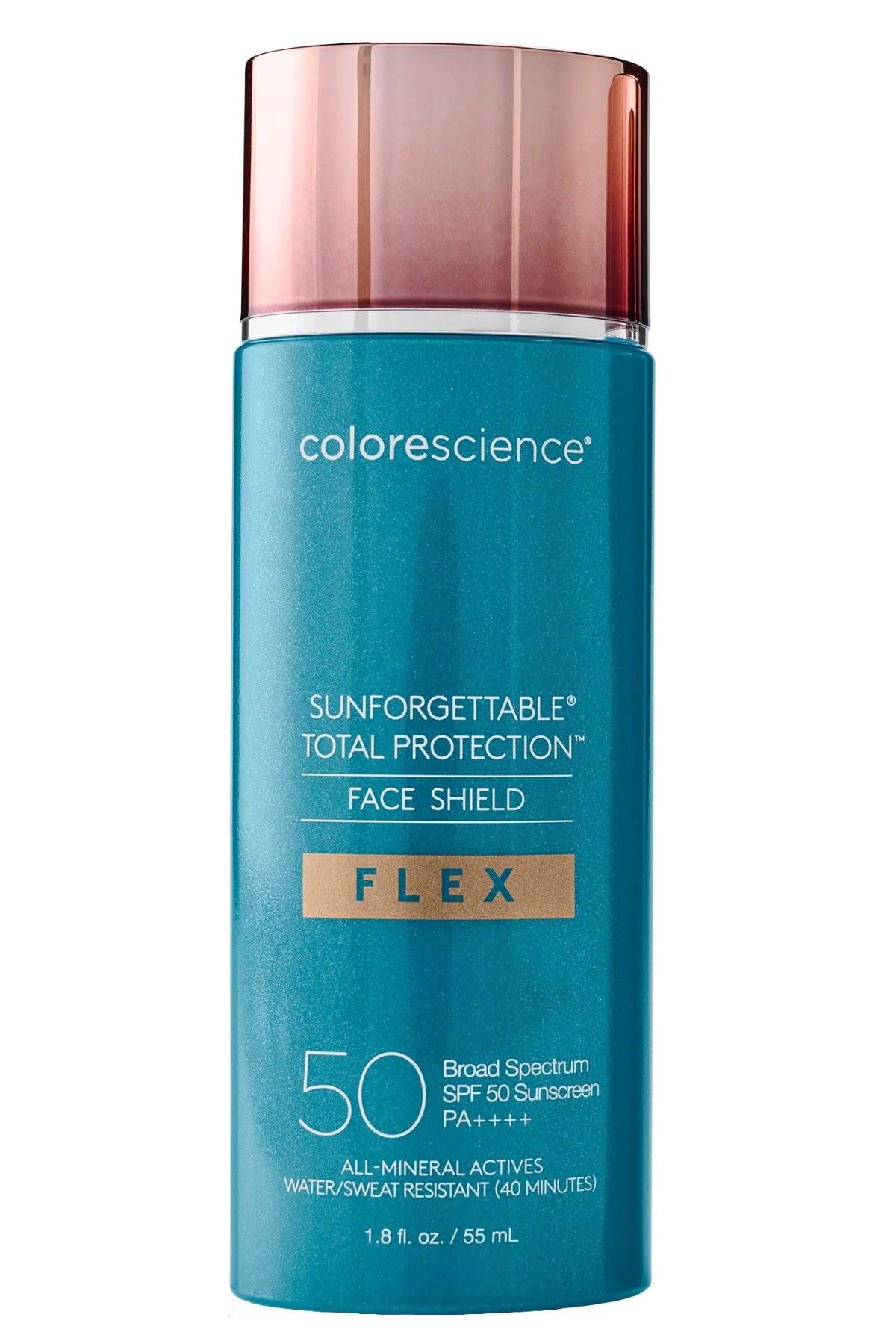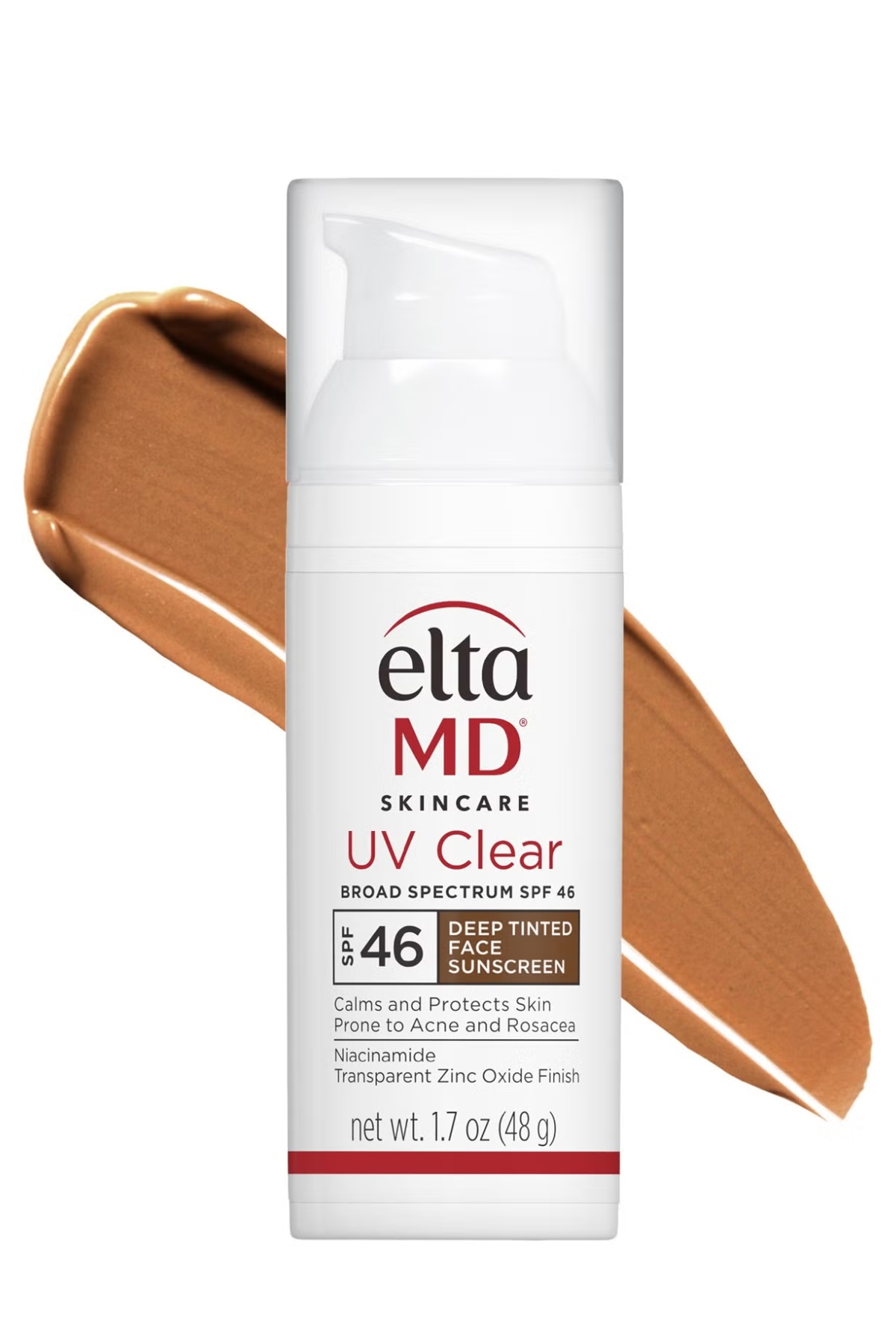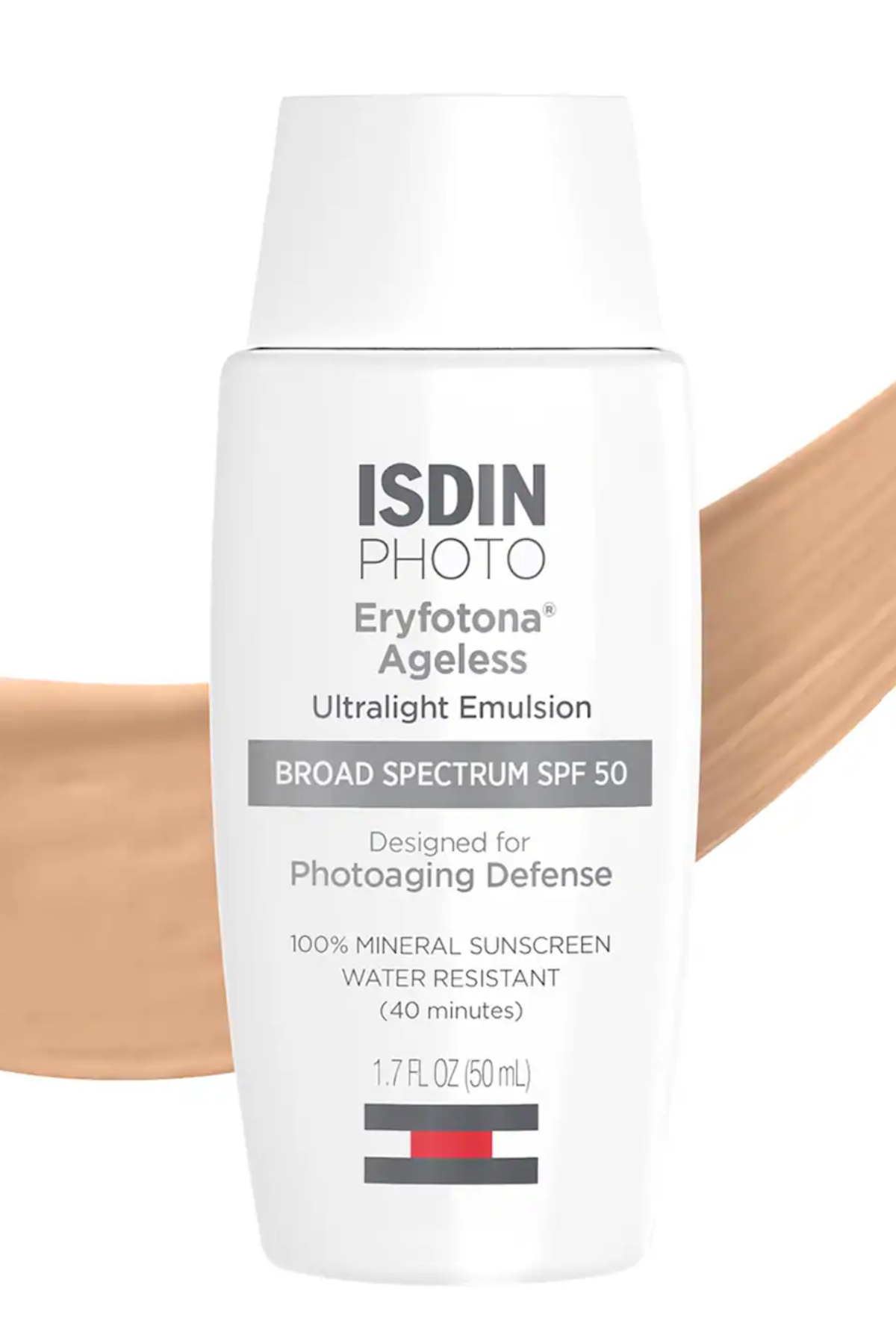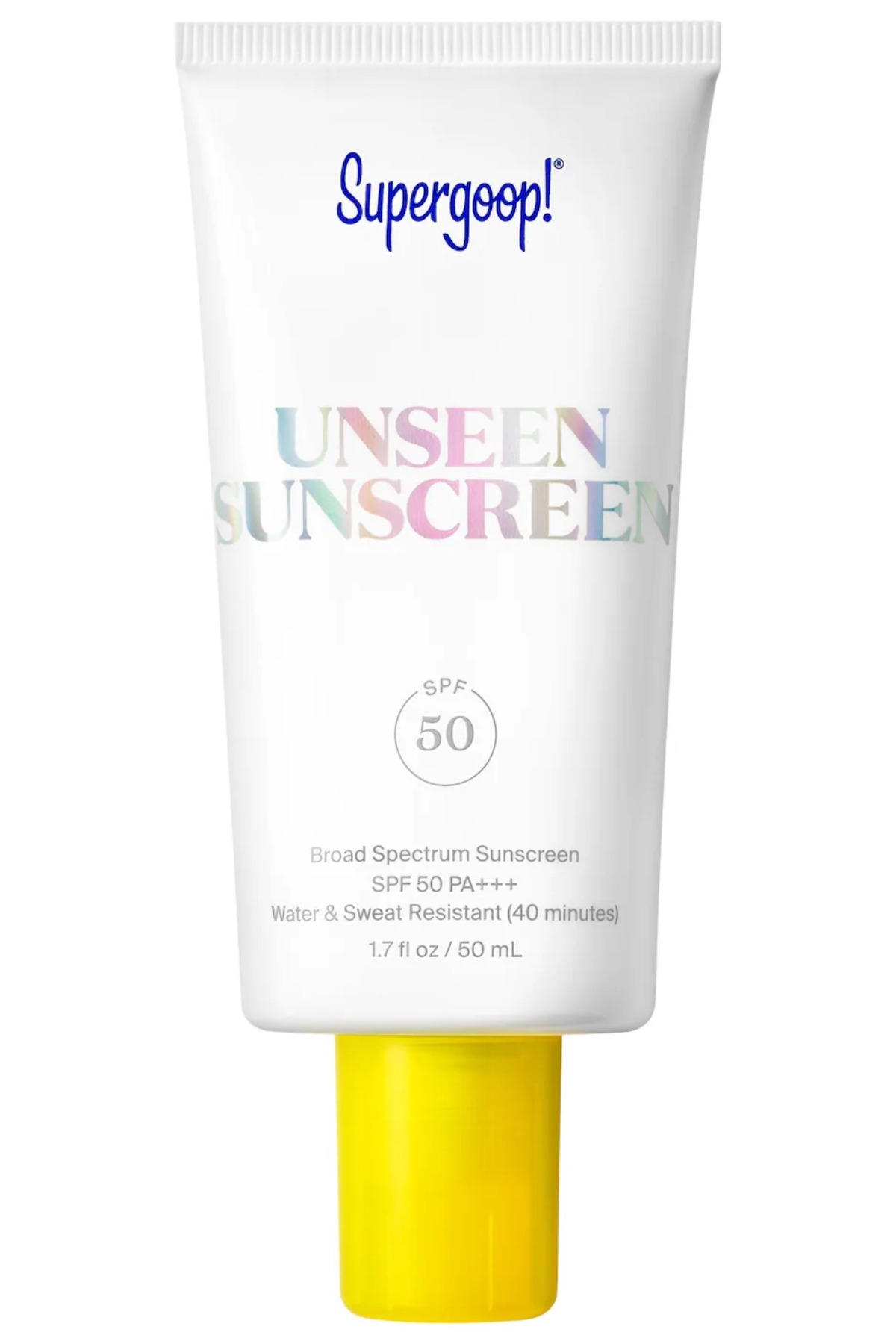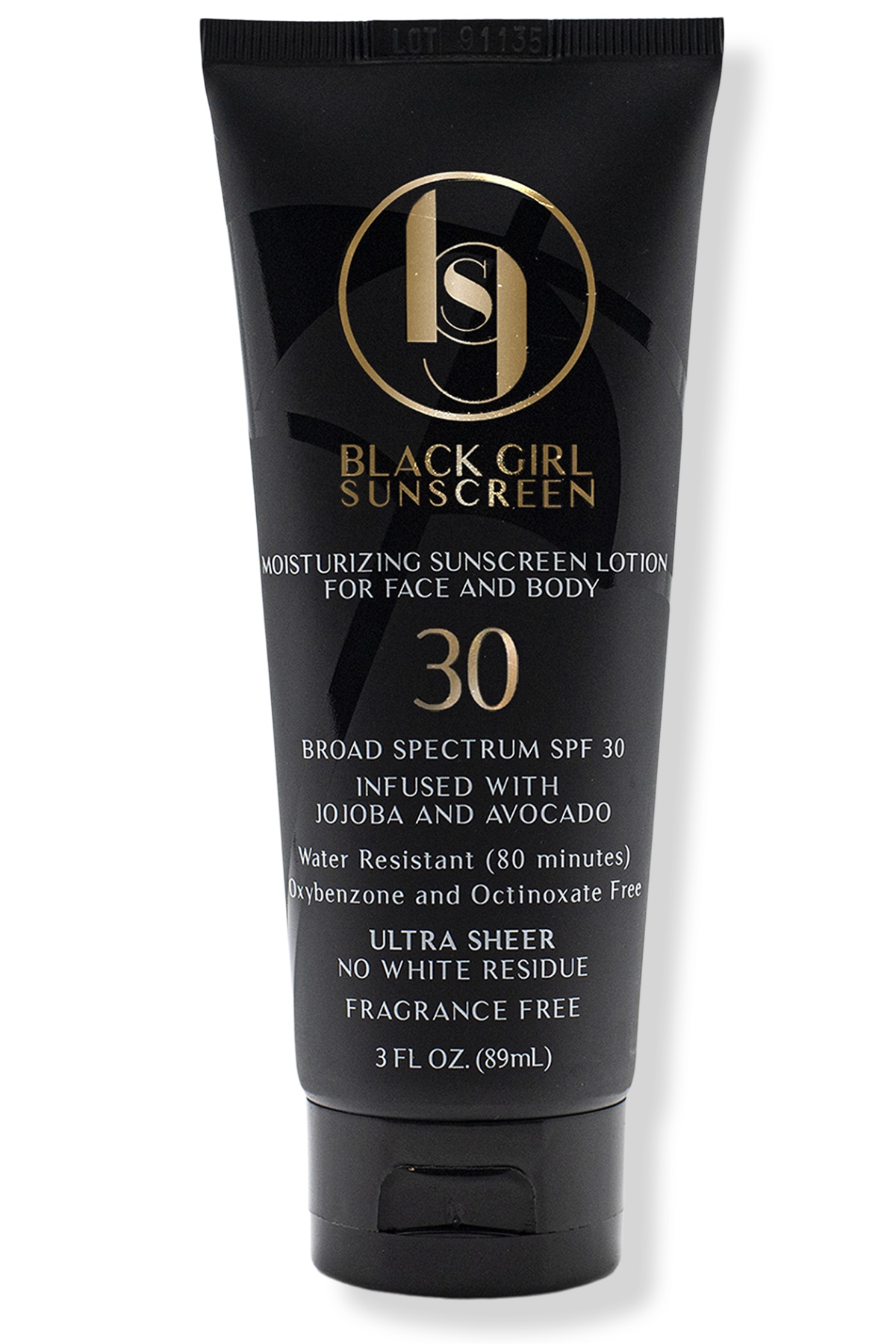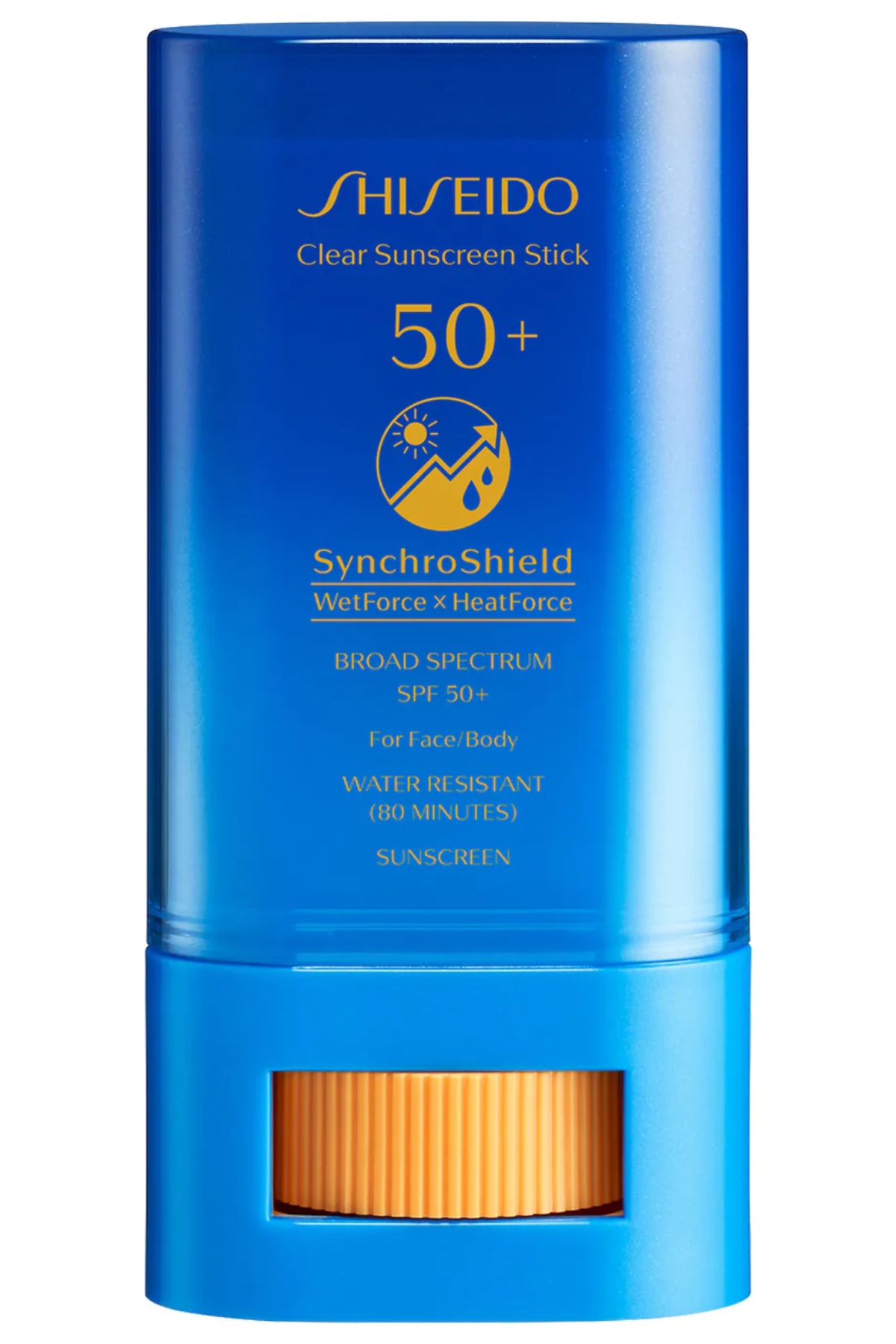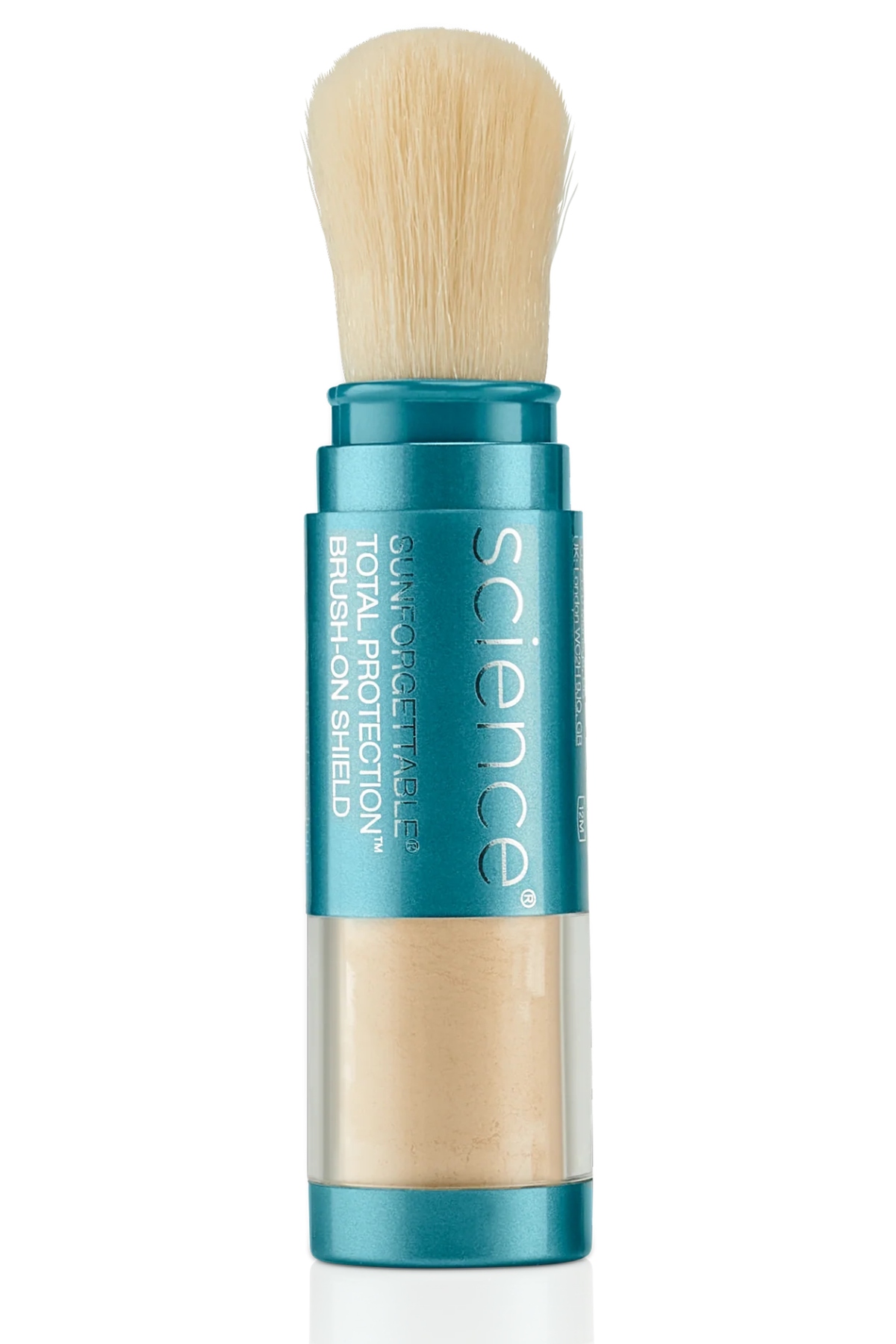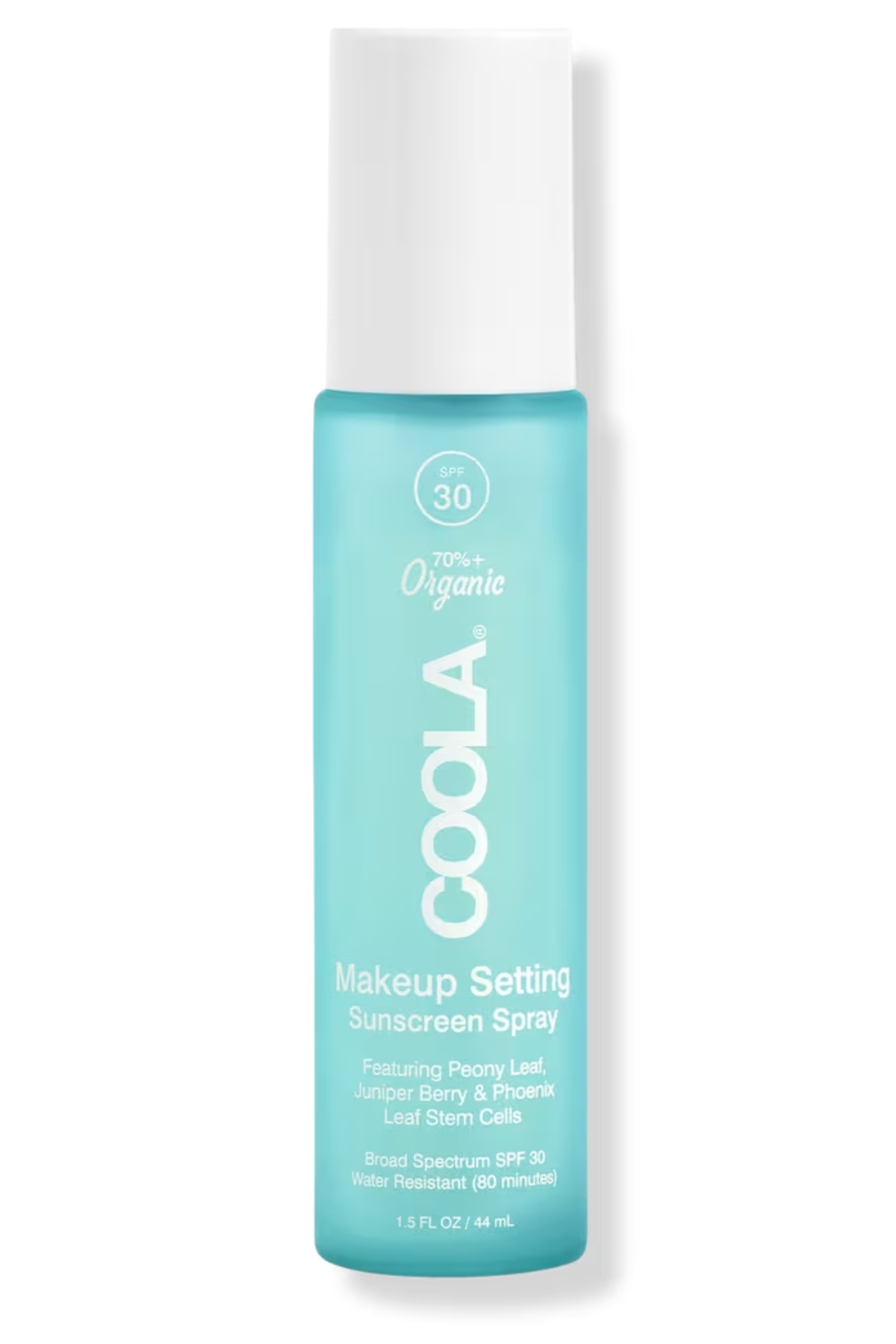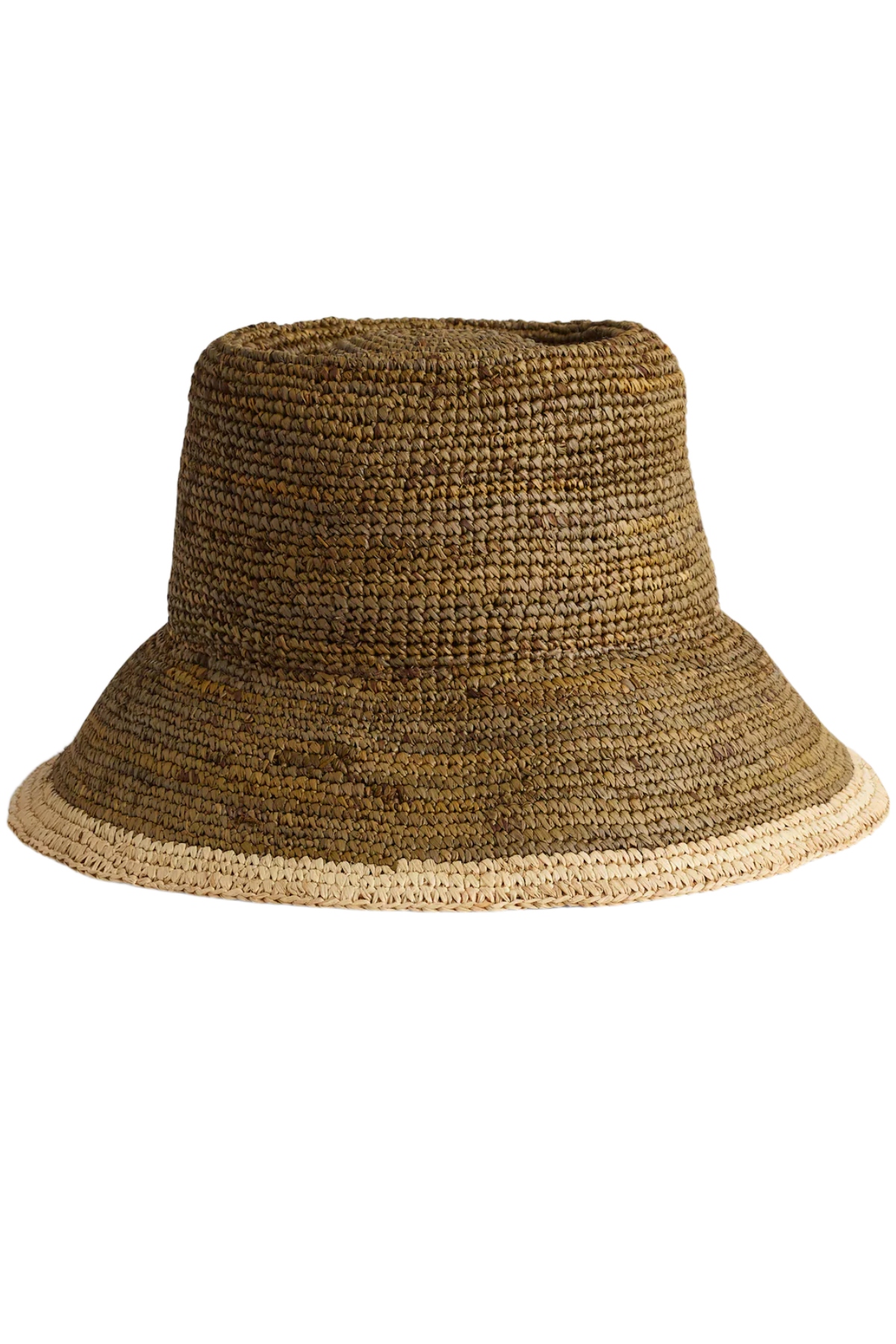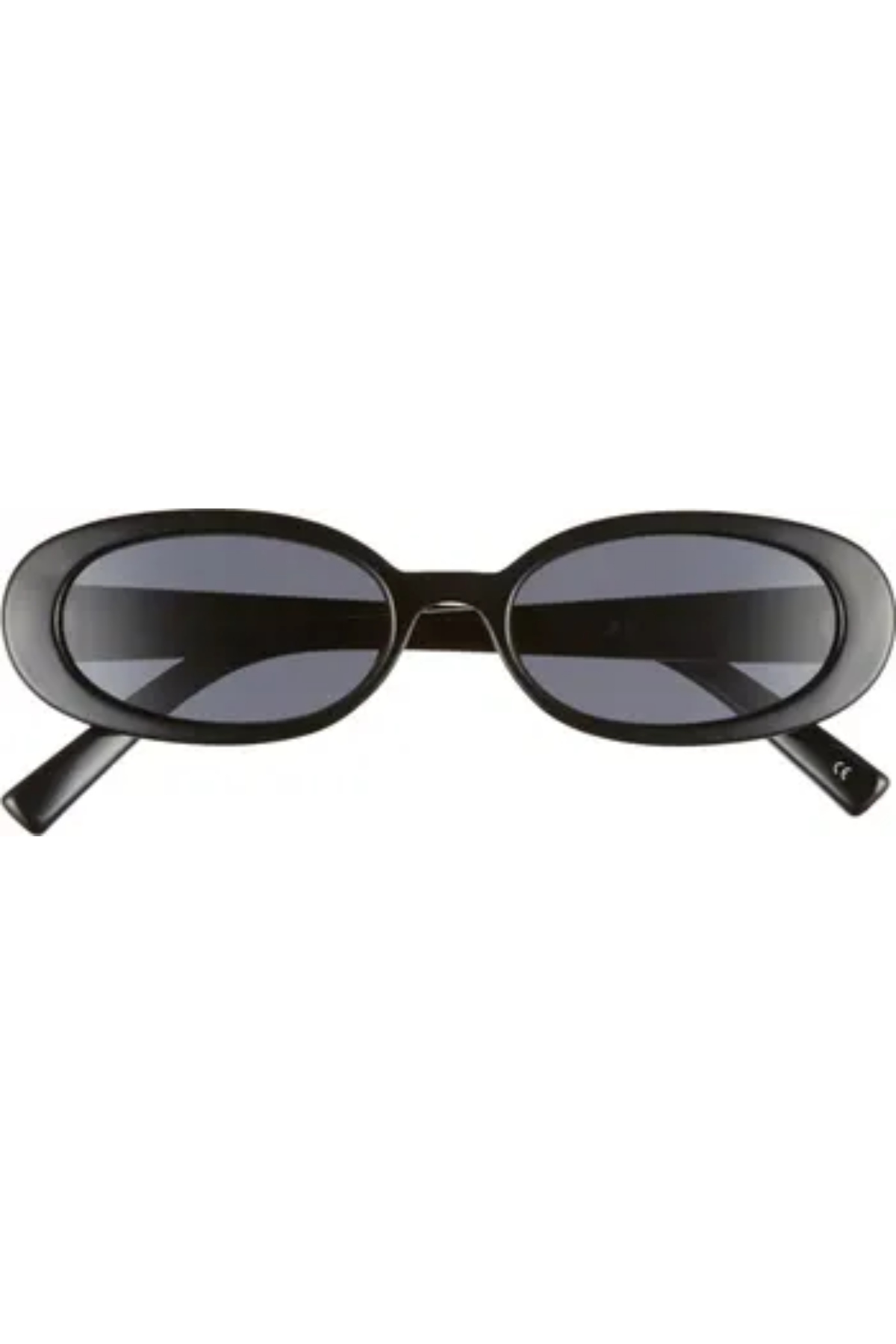Do You Really Know How to Apply Your Sunscreen?
Wearing SPF is one thing. Wearing it correctly is another.
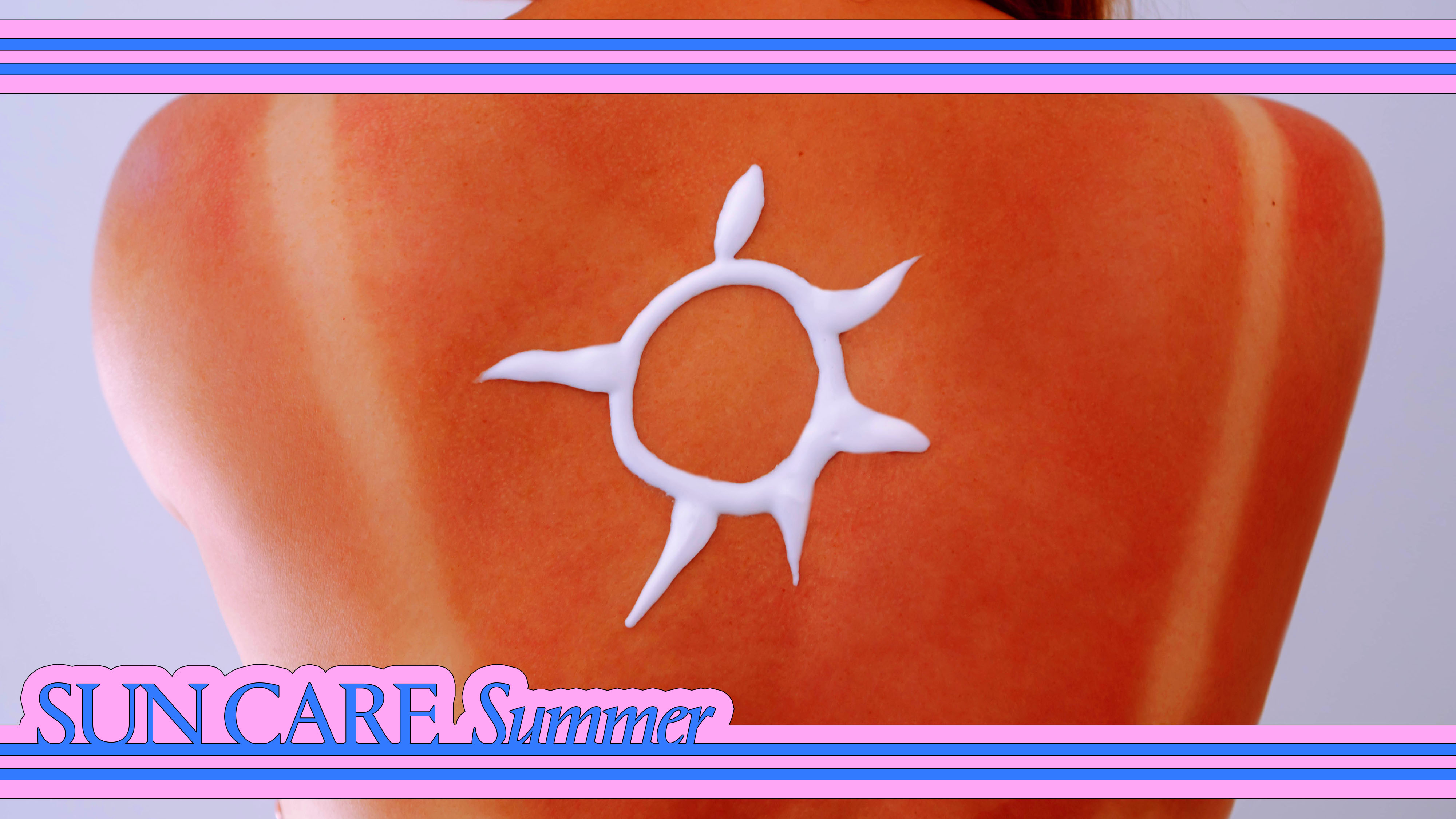

I used to think I was pretty good with sunscreen. I followed all the rules: I applied it every morning, no matter the forecast. I kept powder sunscreen in my bag for midday reapplication. I splurged on the luxury SPFs that promised the hydrating, silky-smooth texture of my favorite moisturizers. But once I became a beauty editor, I learned that even the most diligent sunscreen wearers—myself included—likely make sunscreen application mistakes that leave skin vulnerable to sun damage.
“Think of SPF like a clingy friend: it needs attention every two hours or it stops doing its job,” says Mona Gohara, MD, a board-certified dermatologist at Dermatology Physicians of Connecticut. In other words, sunscreen isn’t a one-and-done situation. It’s one of the most effective ways to lower your risk of skin cancer, but only if used correctly, says Brian Hibler, MD, a board-certified dermatologist at Schweiger Dermatology. That means applying the right amount, covering every exposed area (even the ones you don’t think about, like the armpits!), and reapplying often. And no, the SPF in your tinted moisturizer—or a quick mist of spray sunscreen—won’t cut it.
Here’s a scary stat: Only 13.5 percent of people wear sunscreen daily. And when you pair that with misleading SPF numbers (did you know you only get SPF 50 protection on your face if you apply a full quarter teaspoon of product?), it’s easy to feel protected when you’re actually not. The good news is that once you know what to watch for, the fixes are simple. Below, Dr. Gohara, Dr. Hibler, and Pooja Rambhia, MD, a board-certified dermatologist at Union Derm, break down the most common (and most overlooked) sunscreen application mistakes—and share exactly how to tweak your routine to stay protected 24/7.
The Biggest Sunscreen Mistakes (and How to Fix Them)
You Don’t Use Enough Sunscreen
It's easy to assume that a visible layer of sunscreen means you’re good to go. But chances are, you’re not using nearly enough. In fact, studies show that most people only apply 25 to 50 percent of the recommended amount they actually need. “SPF ratings are determined under very specific conditions—namely, two milligrams of sunscreen per square centimeter of skin,” Dr. Gohara says. “If you use half that amount, your protection can drop exponentially.”
Think of it this way: Imagine painting a wall with too little paint. It might look like it’s covered, but the sun still gets through. Sunscreen works the same way—skimpy layers leave you exposed.
On top of that, many people wrongly assume that higher SPF numbers give them more protection automatically. However, that's simply not the case. "The level of protection does not increase linearly," says Dr. Hibler, noting that SPF 15 blocks 93 percent of UVB rays (the light that causes you to burn), SPF 30 blocks 97 percent, and SPF 50 blocks 98 percent.
How to fix it: Dr. Hibler recommends using about a half teaspoon for the face and neck (that’s roughly two finger lengths of product) and one ounce—think a full shot glass—for your full body. If your sunscreen container has been sitting in the same spot for months without much of a dent, it might be time to ask yourself how much you’re actually using, Dr. Hibler says. For general protection, stick with at least SPF 30, or SPF 50 for better peace of mind.
Get exclusive access to fashion and beauty trends, hot-off-the-press celebrity news, and more.
You Rely on Your Makeup as SPF
“Makeup with SPF isn’t the same as sunscreen—period,” Dr. Gohara says. In a pinch, it’s better than nothing, but most of these products often have a lower SPF, and unless you’re applying a big, nickel-sized dollop of foundation in thick, even layers (which, let’s be honest, almost no one is, unless you’re Meredith Duxbury), you’re probably not getting the protection you think you are. “Just because there’s an SPF filter in the formula doesn’t mean the product is FDA-approved or tested as a true sunscreen,” Dr. Gohara says.
How to fix it: If you love your SPF-infused foundation or primer, that's great. Just think of it as a bonus to your morning routine, not a main line of defense. Always apply a dedicated broad-spectrum sunscreen (SPF 30 or higher) as the final step in your skincare routine before putting on any makeup. Try a powder sunscreen or a makeup-friendly spray with SPF for midday touch-ups. That said, there are makeup-like products that offer reliable protection, Dr. Gohara says. “These brands are sunscreens first (and tested as such!), with makeup benefits baked in—not the other way around.”
Dermatologist-Recommended Tinted SPFs
You Apply Sunscreen After You’re Outside
Although Dr. Hibler says that mineral-based sunscreens (ones that use zinc or titanium dioxide to reflect the sun’s rays) start to work immediately, chemical sunscreen formulas (which use filters to soak up the sun’s rays), on the other hand, need time to absorb to work their magic. Think of mineral sunscreen like a shield: They sit on top of the skin and start deflecting UV rays immediately. That’s why they don’t require a waiting period, they work from the moment they’re applied.
Chemical sunscreens work like a sponge: They soak up UV radiation, convert them into heat, and then release that heat from your skin, so the UV rays don’t damage your cells. This process only works once the ingredients have time to bond with your skin. So applying them after you're already outside—even if it's only for a few minutes—risks uneven coverage and reduced protection. Think of it like small drops filling a bucket. One drop doesn’t seem like a big deal, but if it keeps happening every day, that bucket (like skin damage) eventually overflows.
How to fix it: If you're using a chemical sunscreen, be sure to apply it before stepping into the sun. That’s at least 15-20 minutes prior, Dr. Hibler says. On the flip side, if you opt for a mineral sunscreen, it will work right away, but still, applying it before exposure is key.
You Forget to Use SPF if It’s Cloudy or You’re Inside
There are two types of UV rays: UVA, which cause long-term skin damage (like wrinkles) and are present all day, and UVB, which cause more immediate damage like sunburns and are strongest when the sun’s out. Because you can see the effects of UVB rays (like sunburn or a tan), it’s easy to think that UV rays are only a concern when you’re outside or when it’s sunny. But as Dr. Hibler points out, UVA rays (the aging ones!) can penetrate windows and clouds, meaning they're still active, even if you're indoors. "You need to be careful when working at home or in the office facing a sunny window." Don't skip on the sunscreen when doing activities like winter sports or flying, either—UV exposure is higher at altitude, he says.
How to fix it: I may sound like a broken record, but make sure sunscreen is a part of your everyday routine, whether you have plans to leave the house or not. For extra protection when traveling, "use the window shade on the airplane whenever possible to minimize unnecessary UV exposure."
You Assume Your Tan to Deep Skin Tone Means You Don’t Need SPF
“Melanated skin absolutely needs SPF,” says Dr. Rambhia, adding that while higher melanin levels offer some natural defense against UVB rays, it’s nowhere near enough to protect against the long-term effects of sun exposure. Hyperpigmentation, skin cancer, and premature aging can affect deeper skin tones, even if they don’t burn easily. “The misunderstanding often comes from equating sunburn with sun damage, but the absence of redness doesn’t mean the skin isn’t harmed,” she adds.
How to fix it: Mineral sunscreens are more likely to leave a white cast, so a chemical sunscreen might be a better choice since it’s usually more sheer and blends in easily. But a tinted sunscreen with iron oxides is the best option, especially if you deal with dark spots or hyperpigmentation, Dr. Hilber explains. These pigments help block visible light (like the kind that comes from your phone, computer, or overhead lights). While visible light doesn’t burn your skin like UV rays, Dr. Gohara says, it can trigger inflammation and worsen hyperpigmentation.
Best Sunscreens for Tan to Deep Skin
You Miss Key Areas
Dr. Hibler says that the hairline, ears, neck, and back of the hands are often the most neglected when applying sunscreen. These areas see regular UV exposure, and that reality, he says, means they're prime candidates for sun damage. But it's not just the usual suspects—sneaky spots like the scalp, nail beds, soles of the feet, between the toes, and behind the ears are vulnerable, too. Don't overlook your lips, either, as Dr. Hibler notes: "Skin cancer can occur [there] as well.”
How to fix it: Apply SPF generously to your hairline, ears, neck, hands, and even your scalp. To ensure your scalp is protected properly, grab a hat or invest in a spray sunscreen. If you're worried about greasiness (because who isn’t?), use a powdered sunscreen on your exposed part. Don't forget a lip balm with SPF as well.
You Don’t Reapply
Like many, I assume, I learned the hard way that sunscreen isn’t a one-and-done deal. It’s so important to reapply sunscreen throughout the day. Whether you’re sweating, swimming, or just sitting outside on a pretty (or even not pretty!) day, sunscreen will wear off, and UV damage doesn’t take a break.
How to fix it: As a rule of thumb, sunscreen should be reapplied every two hours, especially if you're outdoors or after sweating or swimming, Dr. Hibler says. Make it easy on yourself by keeping a portable sunscreen in your bag for easy touch-ups. A powder sunscreen or a setting spray with SPF is great for those who wear makeup. Both go on clear (or nearly invisible), won’t mess up your base makeup, and are easy for on-the-go use.
Travel-Friendly SPFs for Reapplication in MC Editor’s Bags
You Misuse Spray Sunscreen
Spray sunscreens are great, but the ease of application sometimes provides a false sense of security. If you’re applying a spray sunscreen too lightly or skipping the rub-in step, you could leave spots unprotected. If you’re applying on a windy day? That spray might not even land on your skin. Remember, you still need a shot glass worth of sunscreen for your full body, even if it’s a spray formula.
How to fix it: Apply your spray sunscreen generously and in an even layer, and spray until you see your skin glisten, per the American Academy of Dermatology. Make sure to rub it in after spraying and always apply directly to your skin, not into the air.
You Use an Expired Sunscreen
Using expired sunscreen might seem like no big deal, but it can put your skin at risk. "Sunscreens should have an expiration date on the bottle; if it does not, assume it has expired after three years if it has been stored properly," Dr. Hibler says. Over time, exposure to heat and humidity causes the active ingredients to degrade, meaning that the sunscreen won't offer the protection it promises. On top of that, if a sunscreen oxidizes—meaning it breaks down or changes when exposed to air, light, or heat—it can potentially cause an allergic reaction on your skin, like contact dermatitis.
How to fix it: Dr. Hibler advises against using any sunscreen you're questioning its date of origin, urging you to invest in a new bottle to properly protect your skin. Pay attention to how long you've had your sunscreen. If it's been sitting in the cabinet for a while, it may be time to replace it. Sunscreens shouldn't last forever, especially if you're using them regularly. You should go through sunscreen more quickly if you're applying it correctly, too. I like to restock at the start of every season.
You Only Rely on Sunscreen, Not Clothing
While it's clear that sunscreen is a non-negotiable, it's not the only line of defense against UV rays. In addition to sunscreen, incorporating UPF-rated clothing into your routine can significantly enhance your protection by forming a barrier against the sun’s rays. Ultraviolet Protection Factor (UPF) measures how much UV radiation a fabric blocks from reaching your skin. A standard white T-shirt, Dr. Hibler says, for instance, offers only about UPF 5, which means you're still exposed to harmful rays if you're wearing it without sunscreen underneath. On the other hand, many fabrics now come with ratings of 30 to 50 plus.
How to fix it: Layer on UPF-rated clothing, such as long-sleeve shirts, hats, and sunglasses, for added protection if you’re going to be outside in areas with high UV. In general, polyester and nylon are great options when it comes to high UPF protection, as these materials naturally block more UV rays. Also, fabrics with a tight weave and darker colors tend to offer more sun protection than lighter or looser weaves. The denser the weave, the harder it is for UV rays to penetrate the fabric and reach your skin.
UPF-Rated Clothing and Accessories We Love

Why Trust Marie Claire
For more than 30 years, Marie Claire has been an internationally recognized destination for news, fashion, and beauty trends, investigative packages, and more. When it comes to the products Marie Claire recommends, we take your faith in us seriously. Every product that we feature comes personally recommended by a Marie Claire writer or editor, or by an expert we’ve spoken to firsthand.
Meet The Experts

Dr. Brian Hibler is a board-certified cosmetic and medical dermatologist located in New York City. He completed his dermatology residency training at Cornell, followed by a prestigious fellowship in lasers and cosmetic surgery at Harvard Medical School, Massachusetts General Hospital, and the Wellman Center for Photomedicine, one of the leading laser and cosmetics centers in the world.
Dr. Hibler’s clinical interests include laser and light-based energy devices for the treatment of acne and acne scarring, rosacea, birthmarks, scars, and other dermatologic conditions. He combines topical skincare regimens with cosmetic procedures to produce natural, long-lasting results. His research focuses on how skin rejuvenation treatments may slow down the aging process, and he recently published a study showing that laser treatments may reduce future skin cancer risk.

Dr. Mona Gohara, a Yale-trained board-certified dermatologist and former chief resident at Yale New Haven Hospital, is an associate clinical professor at Yale, where she continues to teach and mentor. As President of the Women's Dermatologic Society and chair of several committees for the American Academy of Dermatology and the American Society for Dermatologic Surgery, Dr. Gohara is a recognized leader in her field. A trusted medical expert, she frequently contributes to Marie Claire, ELLE, Cosmopolitan, Vogue, and more, and serves on the advisory board for Women's Health. Her clinical focus and interests include skin of color and both medical and surgical dermatology.

Siena Gagliano is the Beauty Editor at Marie Claire, where she writes and edits reported features, trend stories, and expert-backed shopping roundups. Before joining the team full-time, she was an editor at Cosmopolitan, where she specialized in SEO-first beauty content and commerce strategy. Her bylines have also appeared in Allure, ELLE, Bustle, Well+Good, Popsugar, and Women's Health, covering everything from the best products for brighter, glowier skin to the science behind face mapping. Curious about the behind-the-scenes magazine life and her go-to beauty picks? Follow her on Instagram at @sienagagliano.
